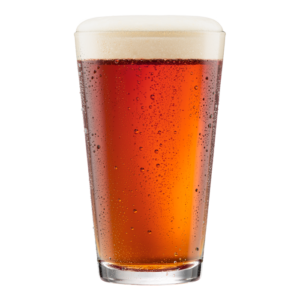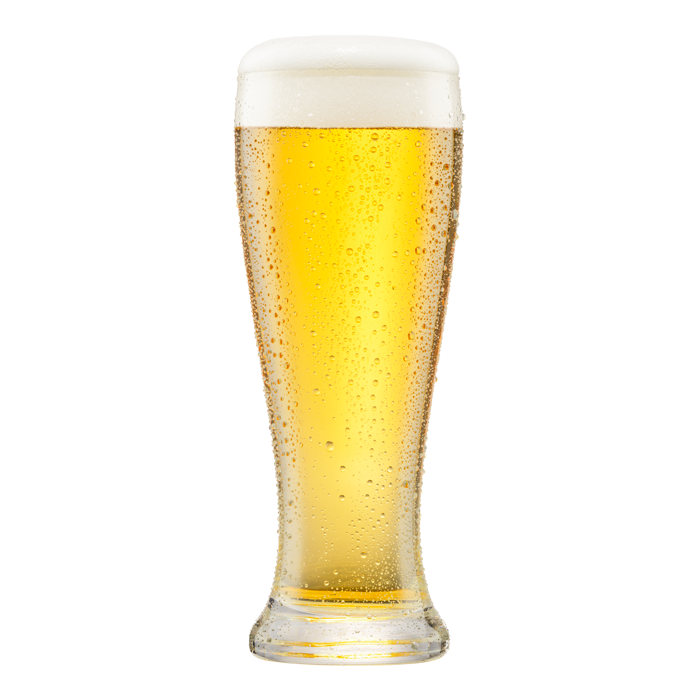The Code Breaker IPA has gained significant attention in the craft beer community, blending tradition with innovation in a way that resonates with both brewing enthusiasts and casual drinkers. This article explores the key characteristics, brewing techniques, and the overall experience of this unique IPA, which has evolved in different interpretations across several breweries, from crisp West Coast IPAs to tropical New England IPAs.
A Versatile Recipe
The Code Breaker IPA has seen various renditions, with each brewer adding their distinct flair. A notable example comes from Coopers Brewery, which released Code Breaker IPA as part of its craft beer recipes in 2021. This IPA was designed for homebrewers, featuring an impressive balance of malts and hops. According to Coopers’ recipe, the key ingredients include pale malt, crystal malt, and a variety of hops such as Cascade, Galaxy, and Enigma, offering a tropical and slightly resinous flavor.
Other versions, like the one from Trademark Brewing in California, took a West Coast approach. Their Code Breaker IPA featured Cryo Simcoe and Cryo Mosaic hops, delivering a crisp, dry bitterness with notes of grapefruit, orange marmalade, and tropical fruits. At 7.2% ABV, it exemplifies the hallmark traits of West Coast IPAs: clarity, bitterness, and a punchy hop profile.
In contrast, the Codebreaker New England IPA (NEIPA) from Codebreaker Brew Co in the UK goes in a different direction. This 4.8% unfiltered IPA focuses on juicy, tropical flavors, thanks to the use of hops like Citra, Azacca, and El Dorado. Double dry-hopped, it bursts with passion fruit, pineapple, and mango, delivering a softer mouthfeel and a hazy appearance typical of NEIPAs.
Brewing Techniques
One of the distinguishing features of the Code Breaker IPA is its flexibility in brewing techniques. Whether it’s the clear, dry finish of the West Coast or the hazy, soft body of the New England style, this recipe can be adapted for different brewing processes.
For the West Coast version, the key is achieving a crisp, clean fermentation that accentuates the hop bitterness while maintaining a light malt backbone. Trademark Brewing achieves this by using a malt bill consisting of Pilsner and two-row, along with a precise balance of Simcoe and Mosaic hops. These hops, especially in their Cryo form, deliver concentrated aromas and flavors, making them ideal for achieving the bold bitterness that West Coast IPAs are known for.
On the other hand, the NEIPA style of Code Breaker IPA focuses on maximizing hop aroma and flavor while minimizing bitterness. This is achieved through late-stage hopping and dry-hopping techniques, which allow for an intense tropical fruit character without overpowering bitterness. In Codebreaker Brew Co’s version, they use a combination of flameout hopping and dry-hopping with Citra, Azacca, and El Dorado, which results in a juicy, fruit-forward beer with a smooth finish.
Taste and Experience
When it comes to tasting, Code Breaker IPAs across different styles offer a diverse range of flavors, but all versions share a common goal: creating a complex, enjoyable drinking experience.
Trademark Brewing’s West Coast Code Breaker is celebrated for its clarity and lively carbonation. With strong citrus notes of orange and grapefruit alongside subtle tropical undertones, this beer offers a refreshing bitterness, making it a perfect choice for hop lovers.
In contrast, Codebreaker Brew Co’s NEIPA is all about the tropical fruit experience. Passion fruit, pineapple, and mango dominate both the aroma and the taste, making this beer a crowd-pleaser for those who prefer a softer, fruitier IPA. The unfiltered, hazy appearance adds to the visual appeal, while the smooth mouthfeel ensures that the beer goes down easily without overwhelming bitterness.
Why the Popularity?
The Code Breaker IPA’s success lies in its versatility. Homebrewers and commercial breweries alike are drawn to its potential for customization. With a solid base of malts and hops, this recipe allows brewers to experiment with different hopping schedules, yeast strains, and fermentation techniques. Whether you’re after a bitter, hop-forward West Coast IPA or a juicy, hazy NEIPA, the Code Breaker IPA provides a flexible framework for creativity.
Moreover, the beer’s name evokes the idea of cracking a code, which mirrors the brewing process itself—an intricate puzzle where ingredients, timing, and technique come together to create a unique product. This sense of experimentation and discovery resonates deeply with the craft beer community, where innovation and personal expression are highly valued.
Conclusion
The Code Breaker IPA is more than just a recipe—it’s a testament to the evolution of craft brewing. With various styles and techniques, it caters to a wide range of preferences, from the bitter and bold to the soft and tropical. As brewers continue to experiment with this versatile recipe, Code Breaker IPA will likely remain a popular choice in the craft beer world for years to come. Whether you prefer a clean, hop-forward West Coast IPA or a juicy NEIPA, cracking the code to your perfect beer has never been more rewarding.


